Electric vehicles are affected by the cold in the winter months. The charging capacity of an EV can do downhill if it is charged outside the optimum temperature bracket of 0° to 45°C. You may also notice a loss in range of 10 to 50% depending on the model and external temperature. These factors can also have an impact of your EV’s battery life. But don’t panic – here are a few handy tips to get to grips with charging and driving your EV in winter.
1. Opt for fast charging when you can
When charging, some EVs tend to use the available energy to heat up the battery, making it difficult or even impossible to charge up properly in some extreme cases. To avoid endless charging times, it is preferable to charge your EV at a charging point that delivers 7kW or 22kW. The power delivered is higher than with a simple domestic socket and the battery will be heated up as you charge your EV.
If you don’t have a wallbox at home to charge your EV, your best option is to plug in your EV straight away after a trip while the battery is still warm. This should avoid excess energy consumption to heat it up.
2. Pre-heat the inside of your car while it is plugged in
When the temperatures plummet, you’ll be glad to take to the road in an EV where the ambient temperature is between 20 and 23°C. To reduce consuming energy from the battery, think about programming the interior heating of your vehicle or switching it on a few minutes before you set off while it is still hooked up to your wallbox. This means you are using the electricity off the grid to heat up your EV, rather than running the battery down. Today, most EVs have a mobile app to trigger heating the interior of your car by remote control. It’s a really practical solution to avoid having to go outside every morning in the freezing weather to activate the preheating system!
💡 Heat up the steering wheel and seats if your EV is equipped with this option. It uses up much less energy that the usual resistive heating system.
3. Start your car up immediately after charging
Try to make sure that you finish charging within the hour before you set off. Your EV will benefit from the heat of the charging system and your battery will immediately be in the right condition to travel. It also means that energy from the battery will not be needed to heat the car up, thereby preserving the range of your EV. In short, battery power consumption will be lower and your EV range higher.
🌜 Some charging stations feature an option to charge your EV during off-peak hours only. This feature should be activated when the charging station is installed.
💡 Some electric vehicles boast a dashboard feature to programme charging at predefined times.
4. Smooth driving
Whatever the season, your driving style has a significant impact on how much energy you consume and therefore on your EV’s range. Avoid accelerating unnecessarily and maintain a steady speed. As a general rule, anticipation is the name of the game whether you are accelerating or decelerating. What’s more, several models now propose driving in an “ECO” mode which can be activated to reduce energy consumption during your journeys. This mode allows some EVs to accelerate more smoothly, thereby avoiding aquaplaning when the roads are wet. An excellent plan for safer driving and longer range.
5. Pump up your tyres
It’s a well-known fact – tyre pressure drops rapidly in cold weather. Pumping up your tyres 0.2 bar higher than recommended by the carmaker will help you attain greater range for your EV. Also, don’t forget to check out the state of your tyres and change them every 5 years or so (depending on the mileage you drive).
If you are travelling in Europe, please note that winter tyres are mandatory in several regions and countries – usually between 1st November and 31st March. So don’t forget to check this out and equip your EV with the appropriate tyres if necessary. When you opt for quality, low-consumption tyres, you reduce your energy consumption just like for ICE vehicles.
6. Maintain at least 20% of your charging capacity
In winter, your battery needs a minimum reserve to warm up. A minimum charging capacity of 20% will help you limit energy consumption and maintain your EV range. When an EV is idle, it also consumes energy due to the memory storage features (clock, odometer etc.). So you should plug in your EV before it drops to the minimum reserve of 20%. If you don’t use your electric car over a long period of time, it is highly recommended to make sure your EV remains charged within a 50 to 75% bracket.
7. Park in a warm place
Think about protecting your EV from the cold. If you have a garage or enclosed parking space, park your car and charge it inside these facilities. What’s more, the heat in your garage will keep the battery charged for a longer period of time. If you can’t park your EV in a garage or enclosed parking space away from the cold, think about scraping the ice off your windows by hand rather than using the interior heating of your car for de-icing. This will conserve more energy for your trip.

In short, think about how you heat up your EV, but don’t forget to adopt eco-driving habits, check out the battery level and charge your EV in the best possible conditions. More and more carmakers propose solutions such as heat pumps and battery conditioning systems when you buy your EV to minimise charging issues in the winter season. If you live in an area where temperatures regularly fall below zero, opt for an EV equipped with one of these options so you can preheat the battery – and life will be so much easier!
You are now in possession of all our tips to preserve your battery and optimise charging your EV!


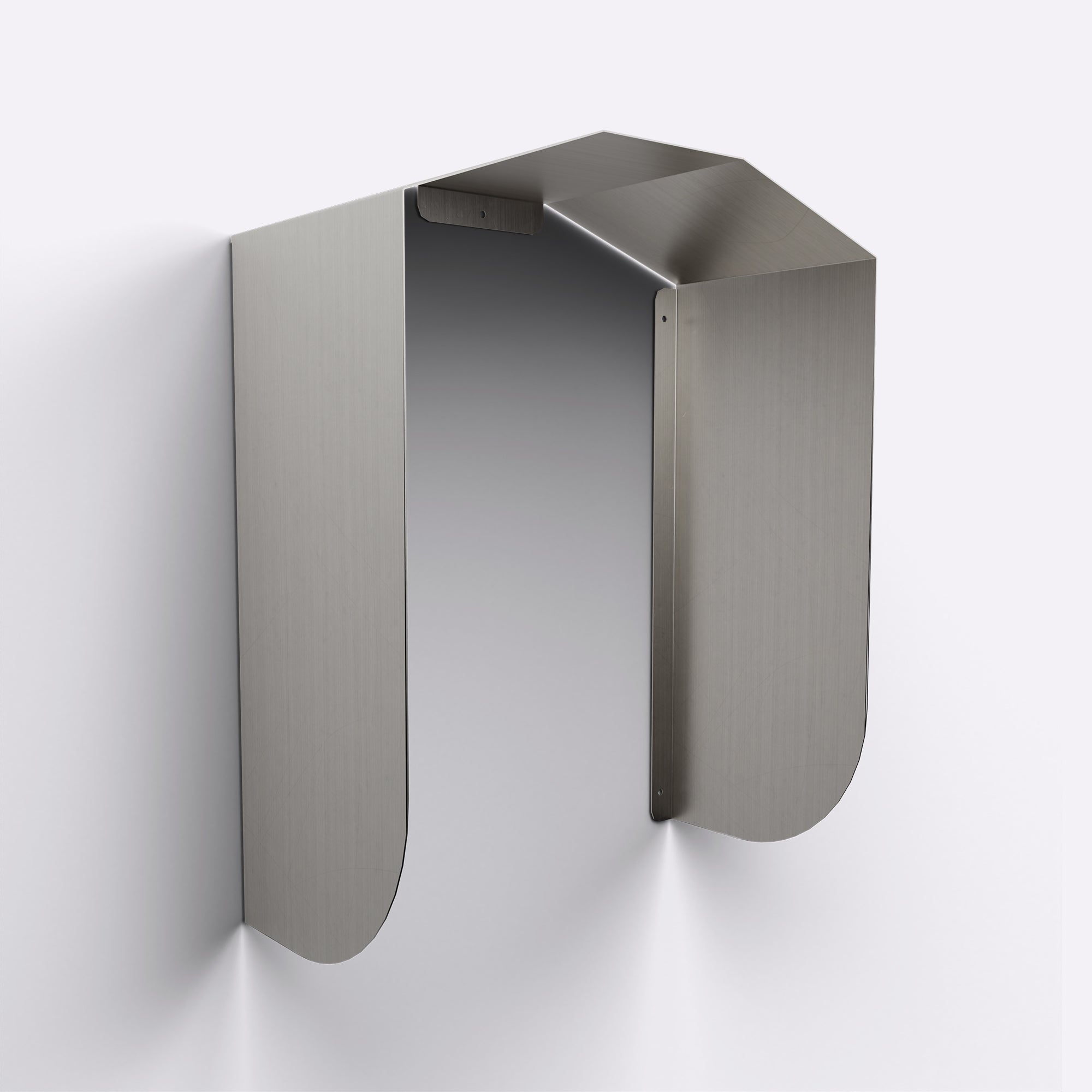
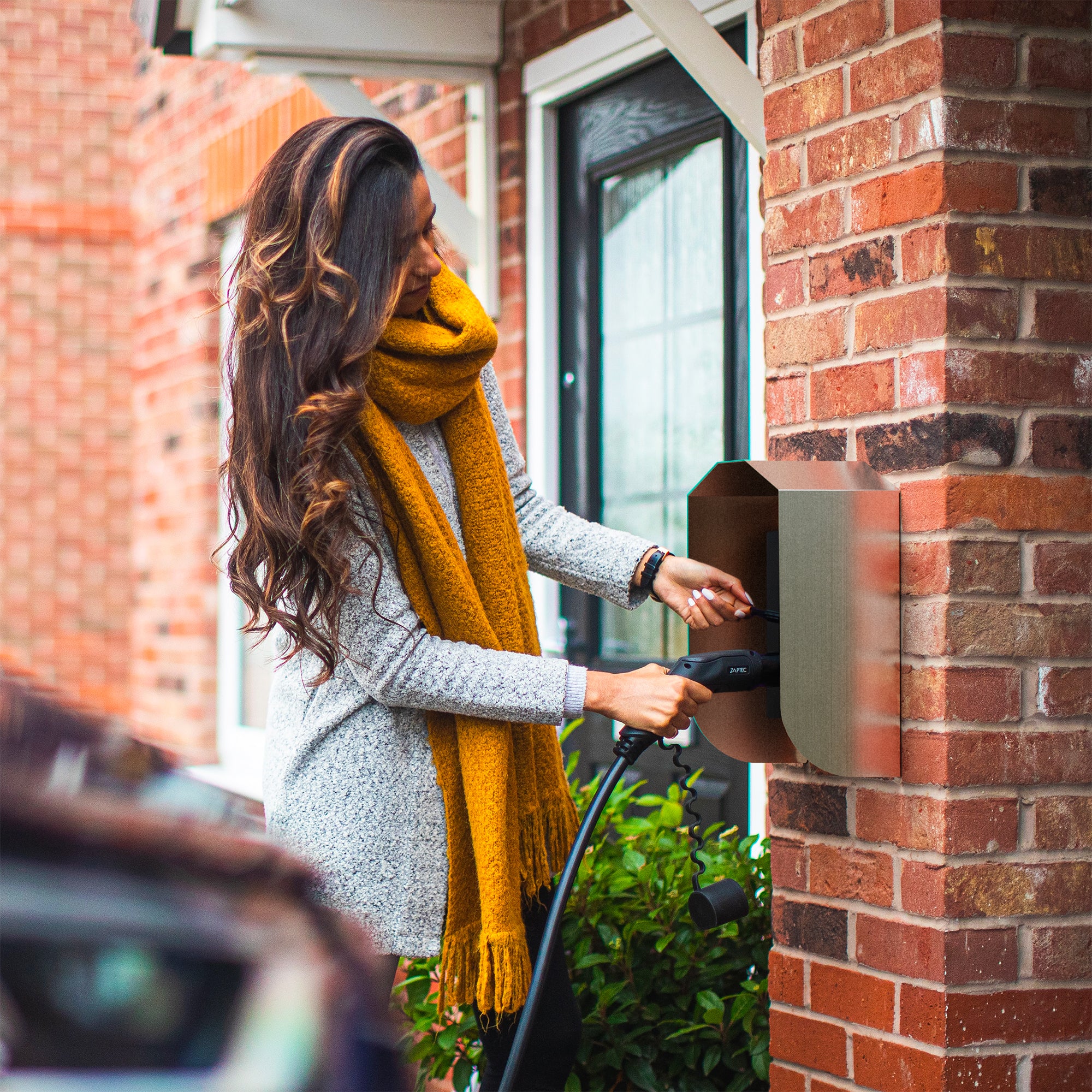
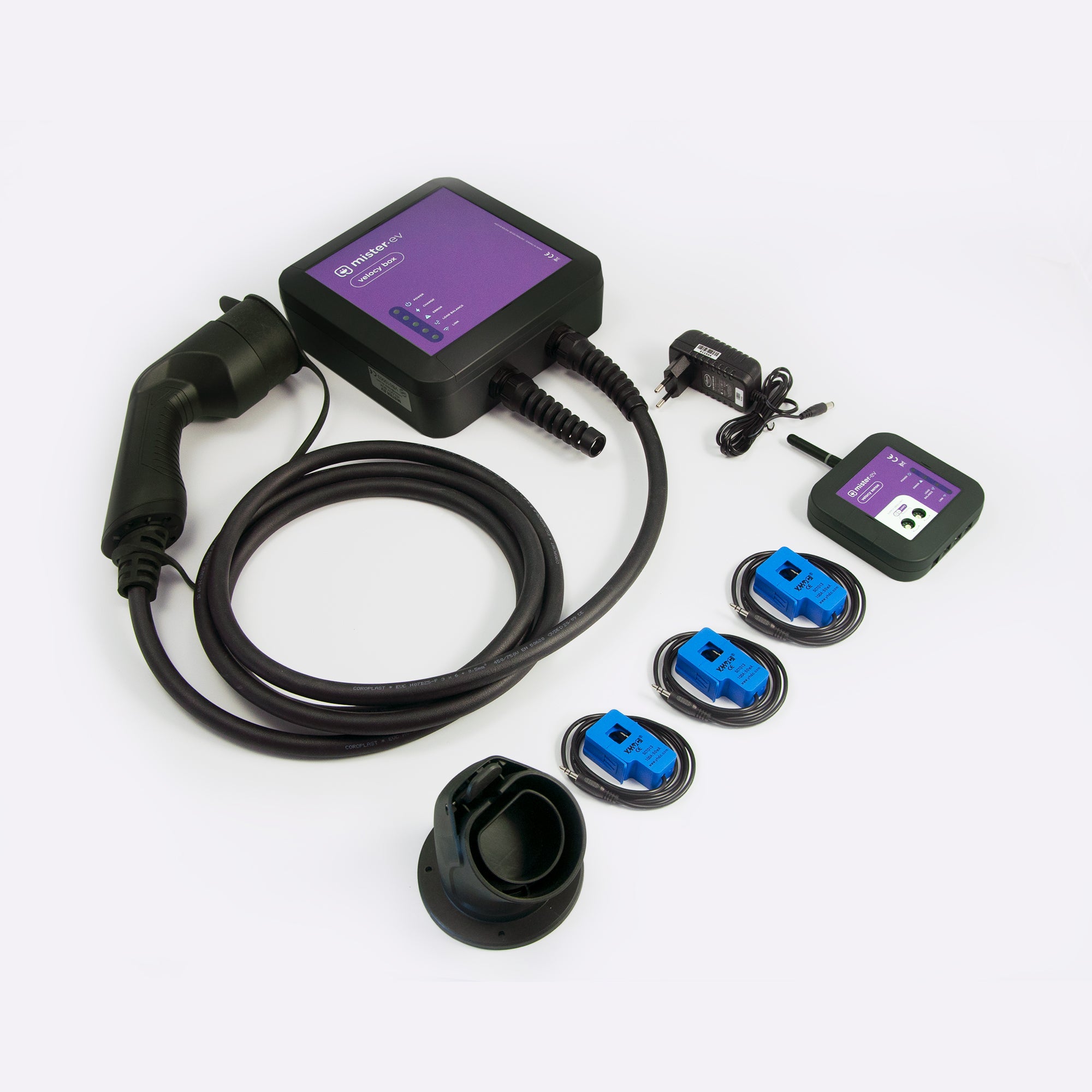
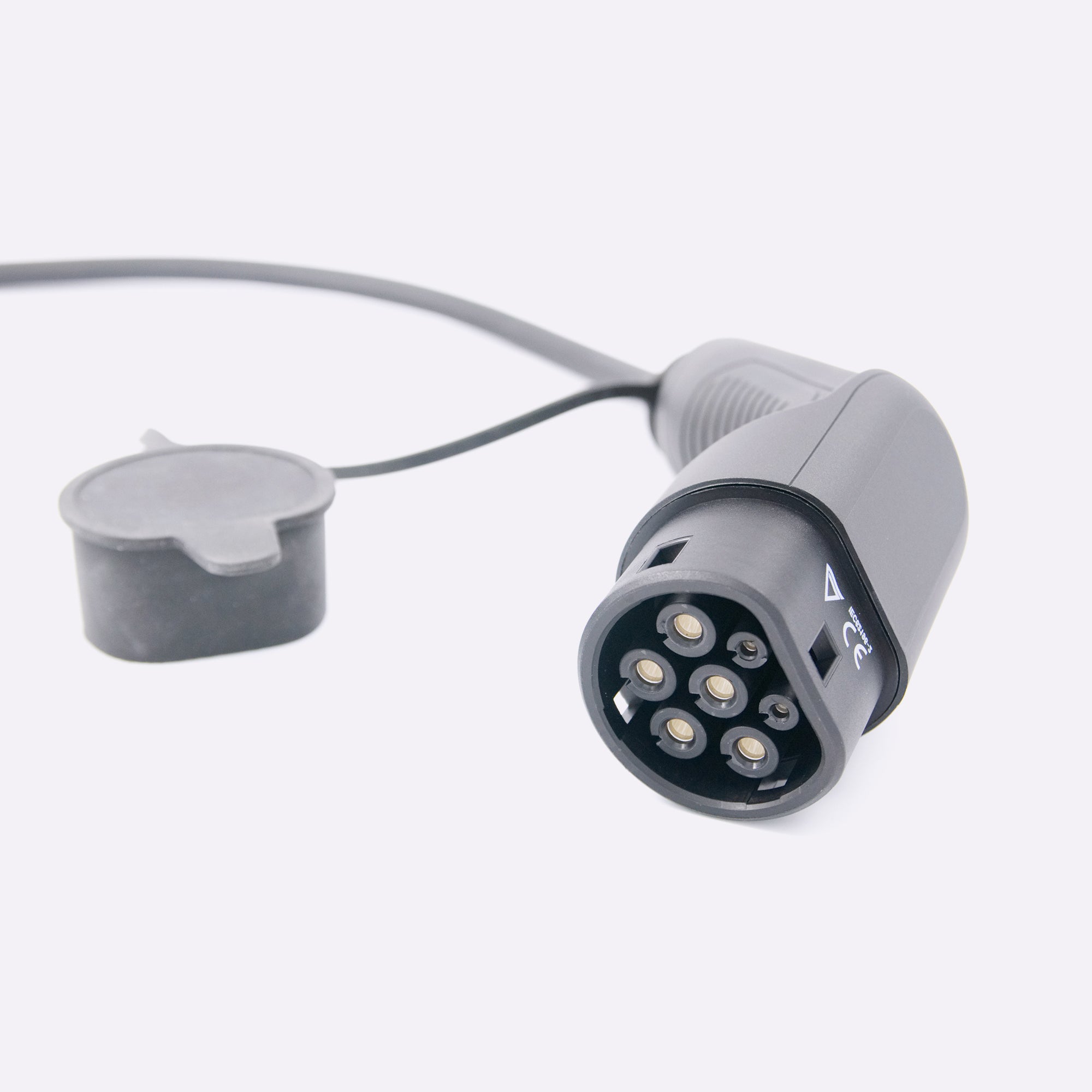
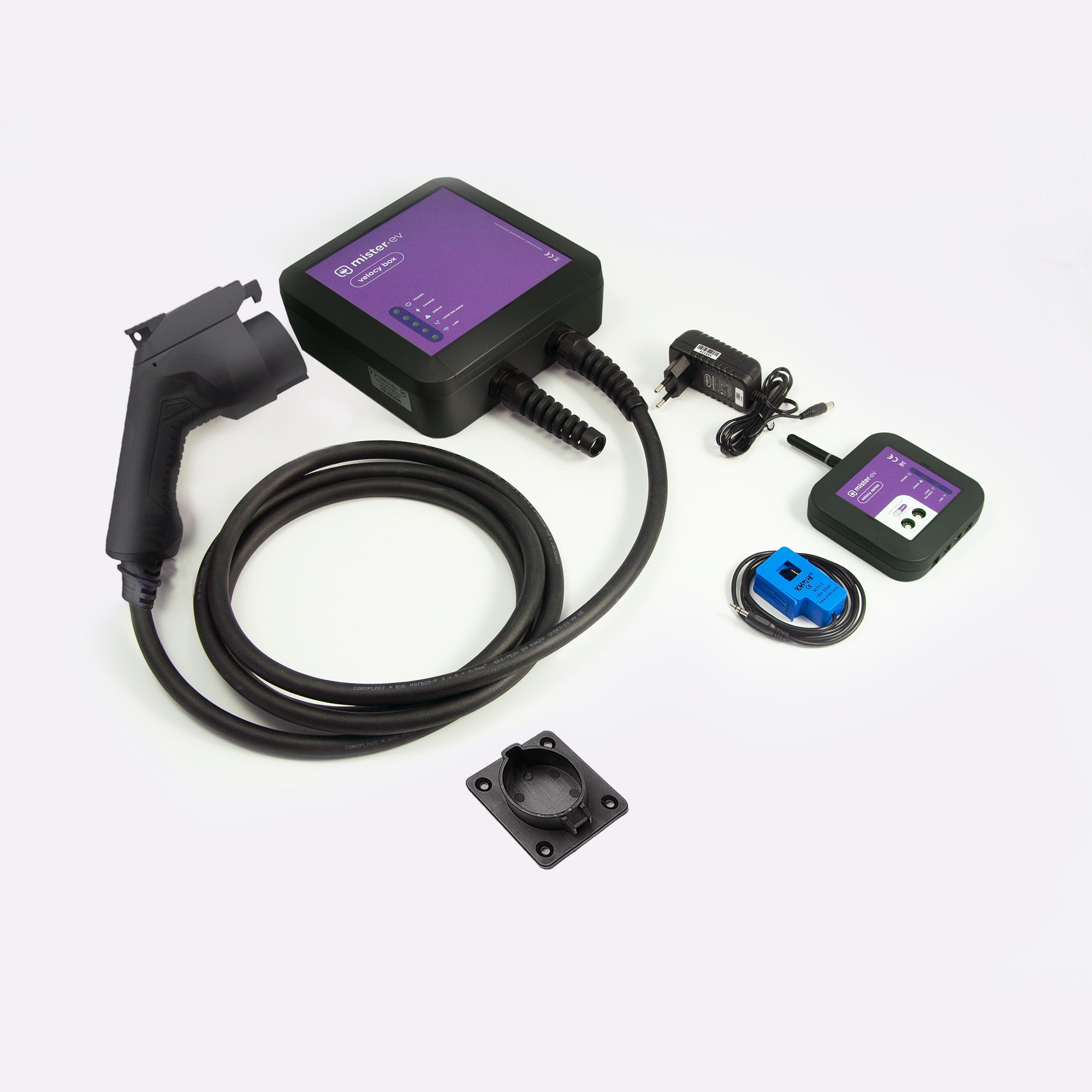
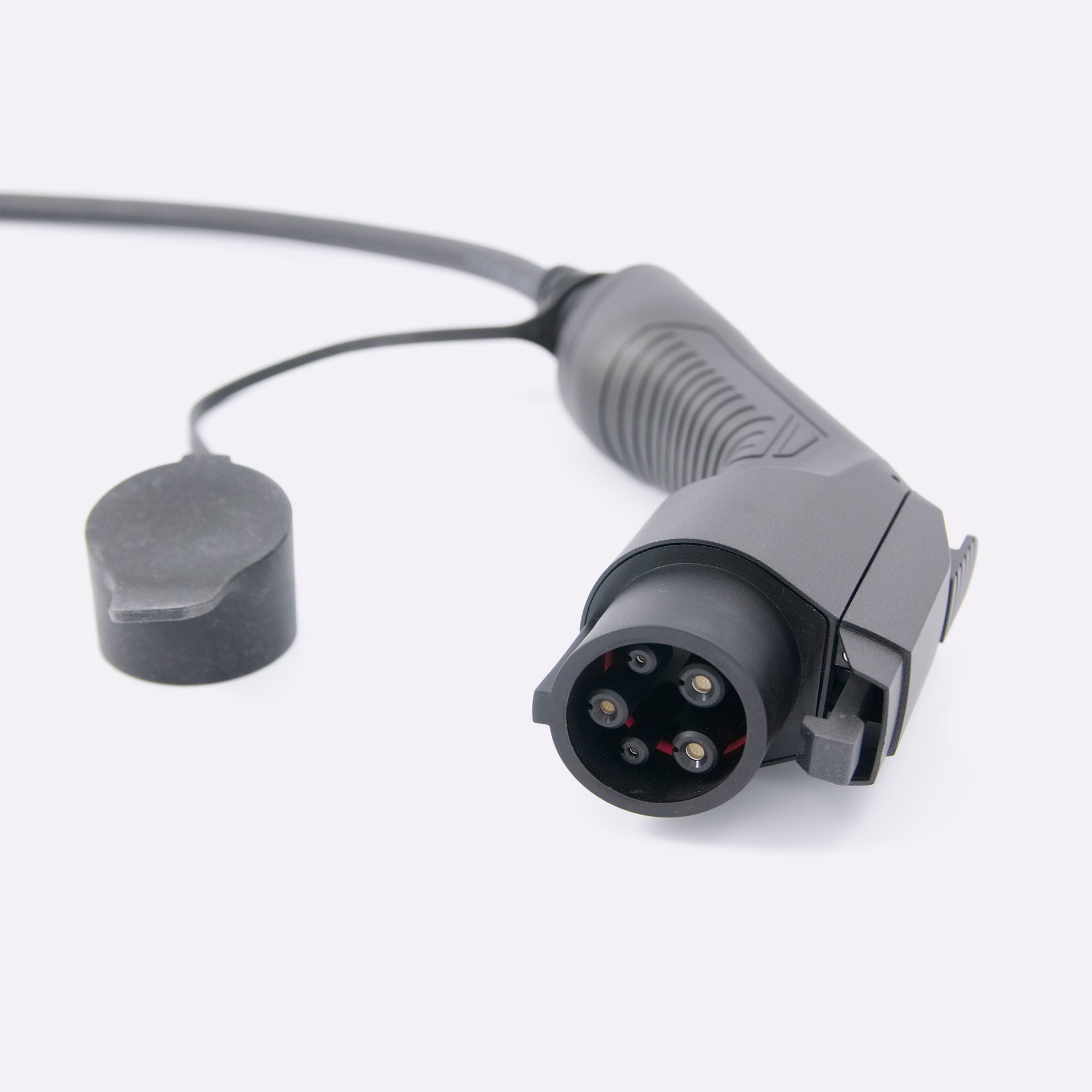
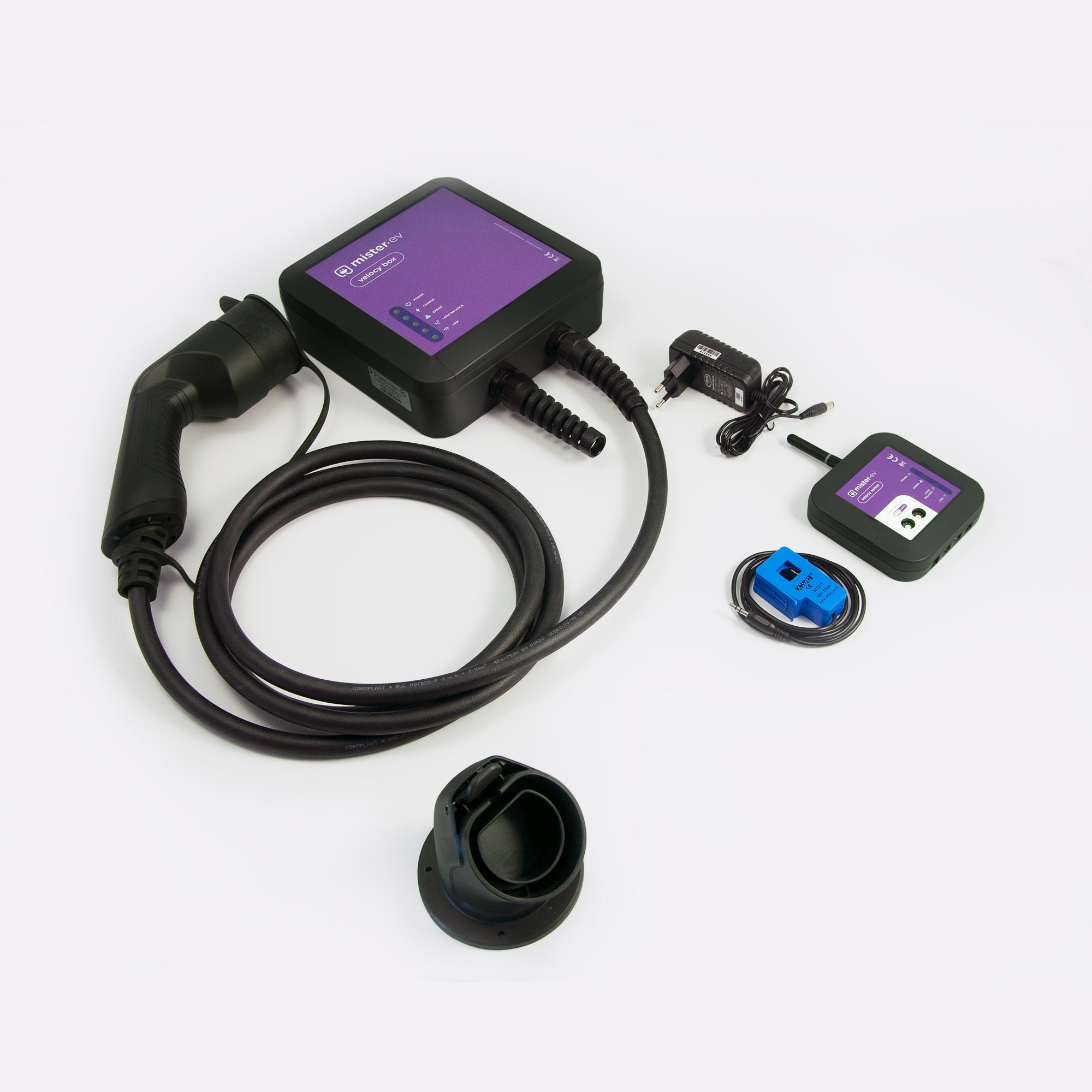
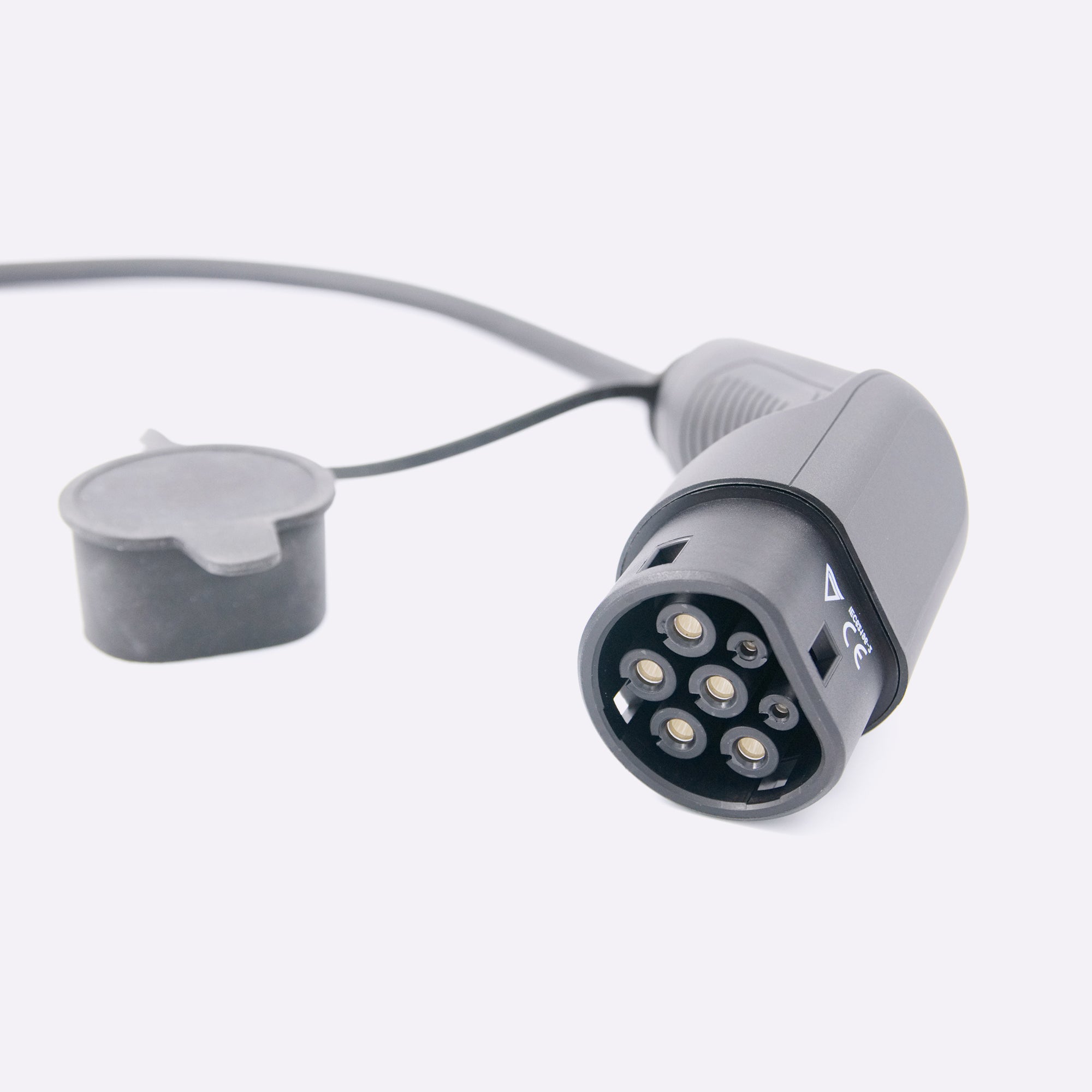

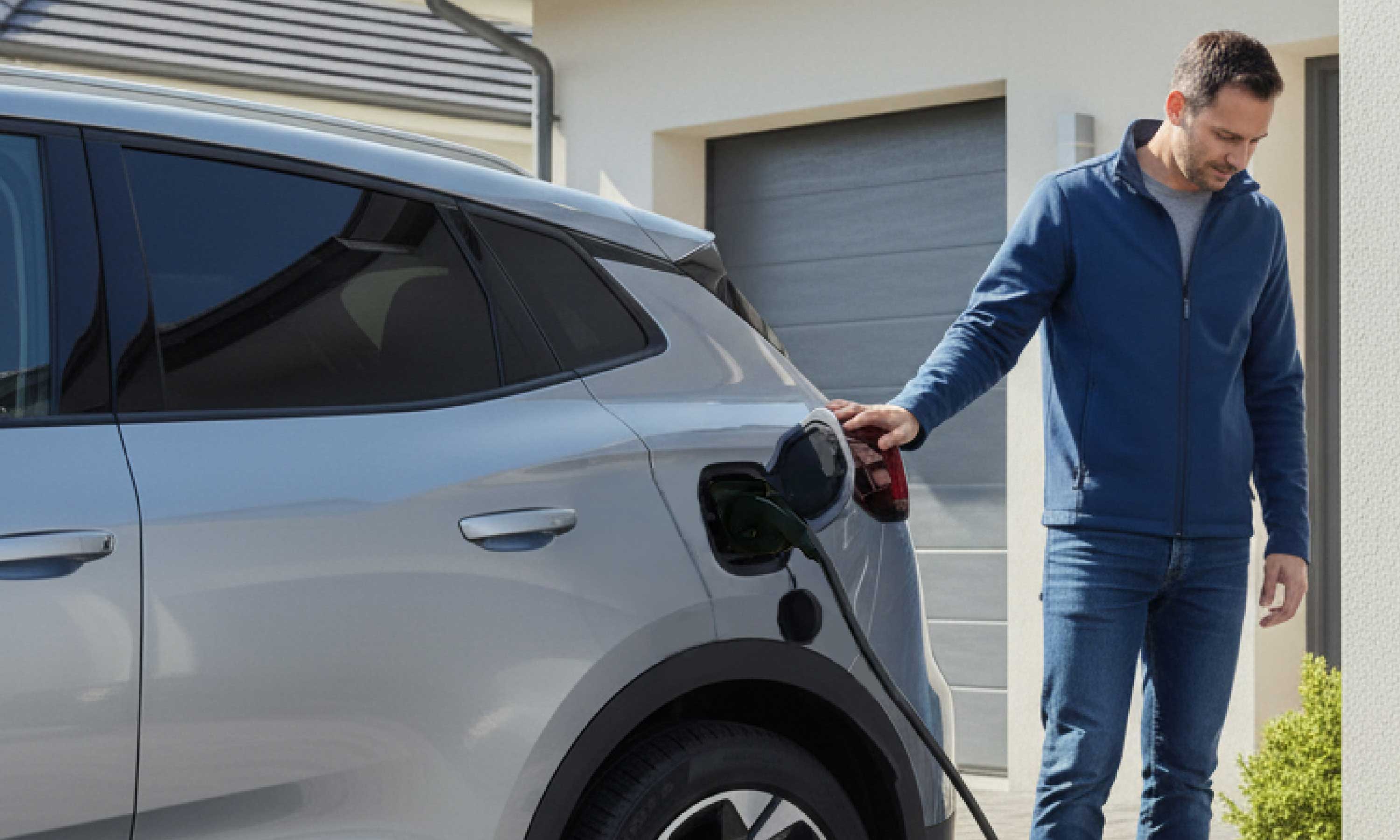
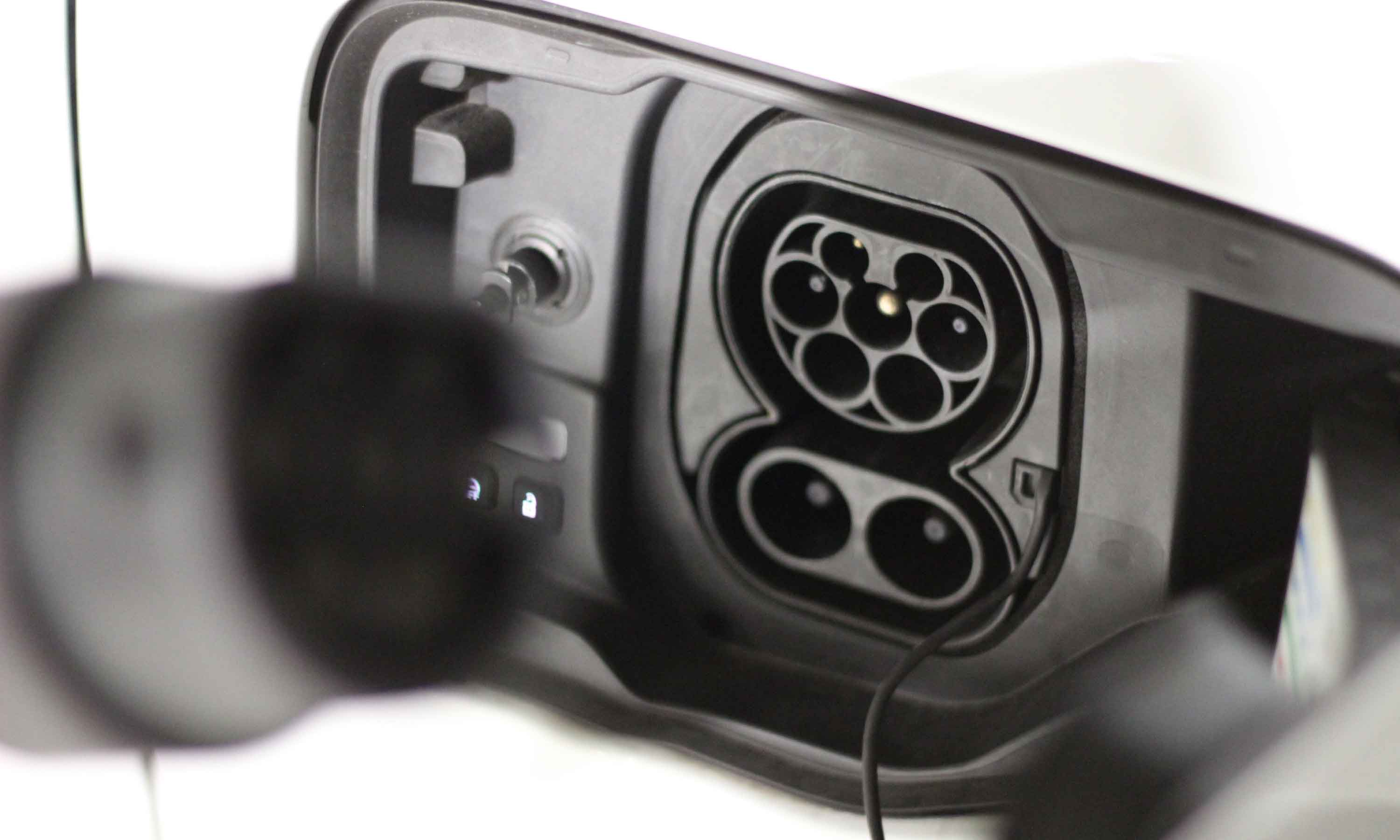
@Gilles : Comme l’explique notre article, vous pouvez observer une réduction de l’autonomie en hiver, et les chiffres que vous avancez sont dans la norme sur ce point. Votre véhicule affiche une autonomie estimative en fonction, principalement, de votre consommation moyenne sur les derniers kilomètres parcourus.
En hiver, votre consommation auxiliaire, et en particulier celle du chauffage de l’habitacle, augmente. Le tout faisant mécaniquement augmenter votre consommation moyenne, et par la même, réduit l’autonomie estimée par votre véhicule.
Par temps froid, je constate que même en chargeant à 100%, mon véhicule affiche péniblement les 400 km, alors que celle-ci normalement affiche 465km. Quia une explication. Merci
Merci pour cet article qui m’est de bon conseils pour ma future voiture électrique commandée et en attente de livraison. Bien cordialement
Merci beaucoup pour votre article qui répond à bon nombre de questions que je me posai avant l’entrée dans l’hiver car je réside dans un pays froid. Bien cordialement .
Merci pour toutes ces explications, bien utile avant la période hivernale qui s’annonce ! J’ai appris beaucoup de choses à la lecture de l’article !
Leave a comment